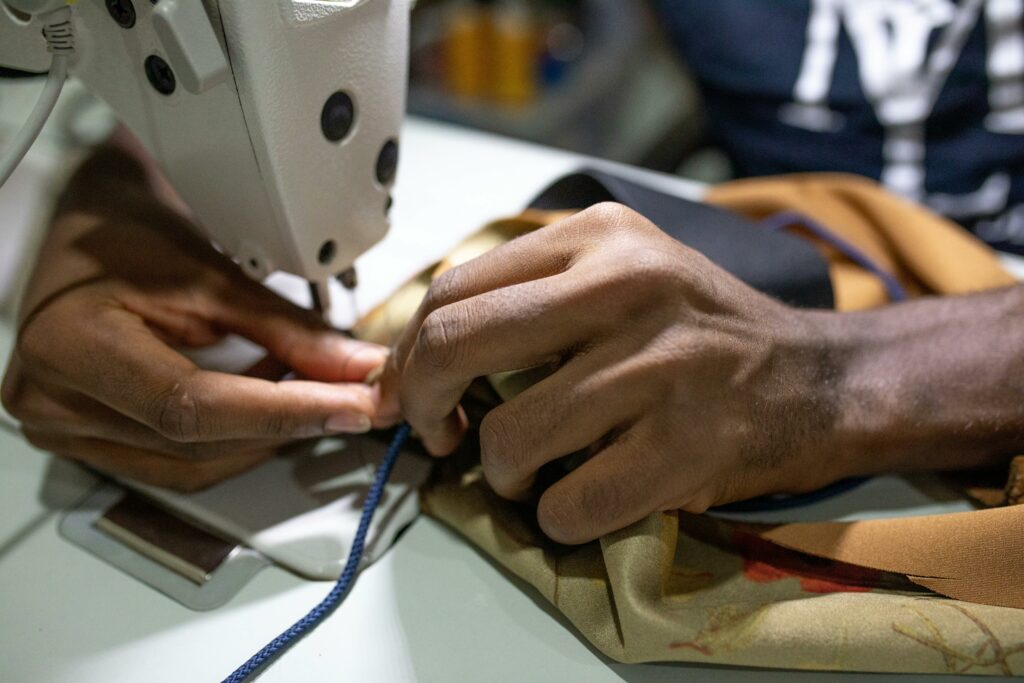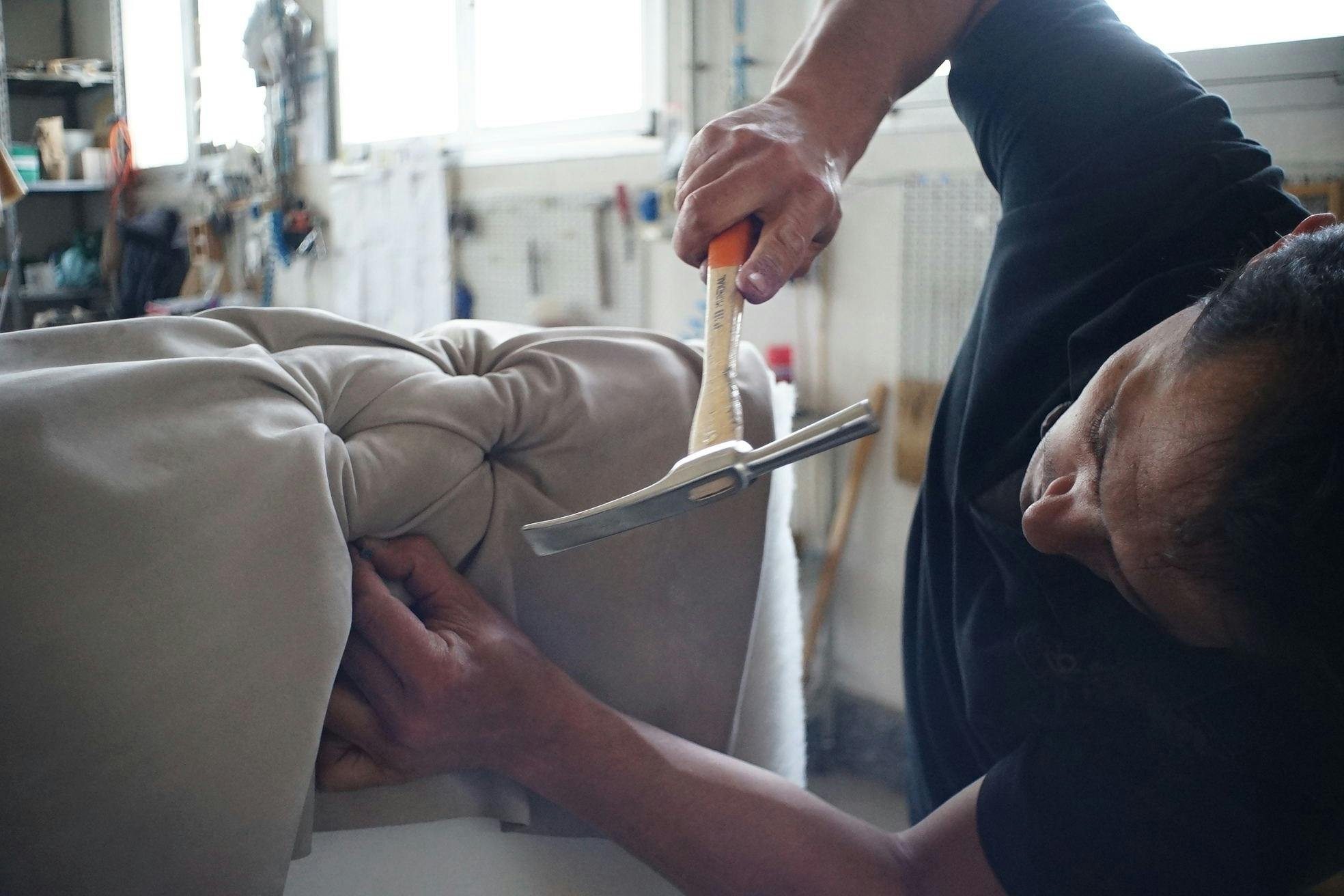The Art of Upholstery Repair: Reviving Furniture and Preserving Memories
Furniture is more than just functional—it holds stories, memories, and character. Over time, even the most cherished pieces can succumb to wear and tear. Upholstery repair breathes new life into old or damaged furniture, offering a sustainable and sentimental way to restore its former glory. In this article, we’ll explore the intricacies of upholstery repair, from common problems to professional techniques, empowering you to revive your beloved furniture.
Why Upholstery Repair Matters
Upholstery repair serves multiple purposes:
- Preservation: Protects family heirlooms and vintage pieces.
- Sustainability: Reduces waste by extending the life of furniture.
- Customization: Offers an opportunity to update fabrics and finishes for a fresh look.
- Cost-Effectiveness: Repairs are often more affordable than replacing entire furniture pieces.
Common Upholstery Issues and Their Causes
Understanding the common issues in upholstered furniture helps in diagnosing problems and finding solutions.
1. Worn or Torn Fabric
- Causes: Regular use, exposure to sunlight, or pet claws.
- Solution: Patching small tears or replacing the fabric for larger areas.
2. Flattened Cushions
- Causes: Over time, foam, feathers, or synthetic fillings lose their resilience.
- Solution: Replace the filling or add new layers to restore cushioning.
3. Broken Springs or Frames
- Causes: Excessive weight, poor-quality materials, or prolonged use.
- Solution: Repair or replace broken components, ensuring the frame and spring systems are secure.
4. Stains and Odors
- Causes: Spills, pets, or prolonged storage in damp conditions.
- Solution: Professional cleaning or fabric replacement for severe cases.
5. Faded Colors
- Causes: Prolonged exposure to sunlight.
- Solution: Re-dye the fabric or replace it with a UV-resistant material.
DIY Upholstery Repair: A Beginner’s Guide
For minor issues, you can tackle upholstery repairs yourself with the right tools and techniques.
Essential Tools and Materials
- Staple Gun: Secures fabric to the frame.
- Fabric Scissors: Ensures clean cuts for precise fitting.
- Upholstery Needles: Stitches thick fabrics and padding.
- Pliers: Helps remove old staples and tacks.
- Padding and Filling: Foam, batting, or feathers for cushioning.
- Replacement Fabric: Choose a durable material that matches the original or introduces a new aesthetic.
Step-by-Step Guide for Simple Repairs
- Assess the Damage: Identify areas requiring repair and decide whether to patch, replace, or reinforce them.
- Remove Old Fabric: Carefully strip the existing upholstery to reveal the frame and padding.
- Repair the Frame: Tighten loose screws, glue joints, or replace broken wood.
- Replace Padding: Add new foam or batting as needed.
- Attach New Fabric: Securely staple or sew the fabric, ensuring it’s taut and wrinkle-free.
- Add Finishing Touches: Reinstall decorative trims, buttons, or tufting as desired.
When to Call a Professional Upholsterer
While DIY repairs are rewarding, certain tasks require professional expertise. Consider hiring an upholsterer for:
- Complex Designs: Intricate tufting, piping, or patterns.
- Antique Pieces: To preserve authenticity and value.
- Extensive Damage: Broken frames, deteriorated springs, or large fabric tears.
- Specialized Fabrics: Leather, velvet, or custom-printed materials.
Sustainable Upholstery Repair Practices
Embracing sustainability in upholstery repair benefits both the environment and your wallet.
- Repurpose Materials: Use fabric remnants or repurpose materials from other furniture.
- Choose Eco-Friendly Fabrics: Opt for organic cotton, hemp, or recycled polyester.
- Preserve Original Components: Whenever possible, repair rather than replace frames and padding.
- Avoid Harmful Chemicals: Use non-toxic adhesives and dyes.
Reviving Vintage and Antique Furniture
Restoring vintage or antique furniture requires extra care to preserve its historical and aesthetic value.
- Research the Piece: Learn about its origin, materials, and construction methods.
- Use Authentic Materials: Match original fabrics and finishes as closely as possible.
- Maintain Structural Integrity: Reinforce weak joints or frames without altering the piece’s design.
- Consult Experts: Collaborate with antique furniture specialists for guidance.
Upholstery Repair as a Creative Outlet
Repairing furniture offers a unique opportunity to express creativity. Here are some ideas to make your pieces stand out:
- Mix and Match Fabrics: Combine patterns, textures, or colors for a bold statement.
- Add Personal Touches: Embroider initials, motifs, or meaningful symbols onto the fabric.
- Experiment with New Styles: Update traditional designs with contemporary fabrics or trims.
- Create Functional Art: Transform a damaged chair or sofa into a one-of-a-kind showpiece.
Cost of Upholstery Repair: What to Expect
The cost of repairs varies depending on factors like the extent of damage, materials used, and labor involved. Here’s a rough estimate:
- Minor Repairs: $50–$200 (patching, small tears, or cushion replacement).
- Moderate Repairs: $300–$700 (reupholstering seats, repairing frames).
- Major Repairs: $1,000+ (full reupholstery, antique restoration).
Although professional services can be expensive, the investment often pays off in durability and aesthetic appeal.
Benefits of Upholstery Repair Over Replacement
Choosing repair over replacement offers several advantages:
- Sentimental Value: Keeps cherished furniture in use.
- Cost Savings: Repairs are generally cheaper than purchasing new high-quality furniture.
- Environmental Impact: Reduces landfill waste and resource consumption.
- Unique Aesthetics: Custom repairs can create a personalized, one-of-a-kind look.
Conclusion: Revive, Restore, Reimagine
Upholstery repair is a blend of skill, creativity, and sustainability. Whether you’re breathing new life into a family heirloom, updating a beloved sofa, or giving vintage finds a second chance, the possibilities are endless. By mastering basic repair techniques or collaborating with professionals, you can preserve the beauty, functionality, and memories embedded in your furniture for years to come.



